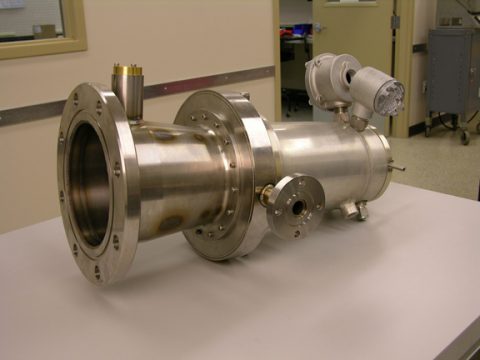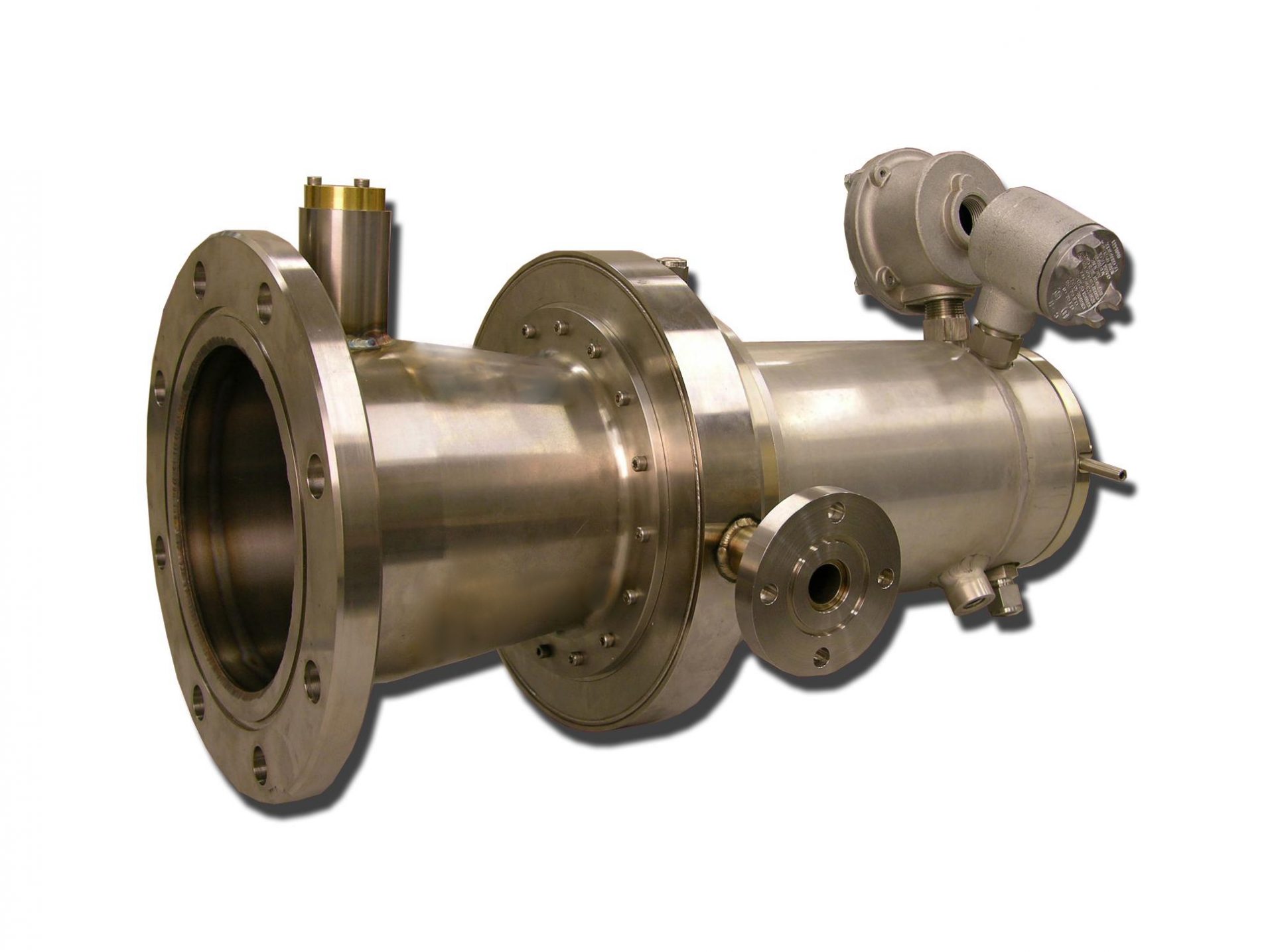
Heavy-duty truck organic Rankine cycles (ORC) are one technology being employed to help class 8 truck and engine manufacturers meet new greenhouse gas (GHG) emission requirements and SuperTruck Program goals. The Environmental Protection Agency’s new GHG standards call for class 8 trucks to emit no more than 66 to 89 grams of carbon dioxide per. ton-mile and the National Highway Transportation Safety Administration’s new fuel consumption standards call for class 8 trucks to consume no more than 6.5 to 8.7 gallons of fuel per. 1,000-ton-miles (See Table 1). Additionally, the SuperTruck program, which is a cost-sharing program between industry and the U.S. Department of Energy, is seeking to improve overall freight efficiency by 50 percent. As tractor-trailer manufacturers develop lighter more aerodynamic vehicles that minimize drivetrain friction losses and rolling resistance, engine manufacturers are improving combustion and air system efficiency, minimizing engine friction losses, and developing networked engine controls and exhaust heat recovery systems (See Table 2).
| Table 1: Model Year 2017 Combination Tractor Standards | ||||||
| EPA Emissions Standards Grams of CO2 / Ton-Mile |
NHTSA Fuel Consumption Standards Gallons / 1,000 Ton-Miles |
|||||
| Low Roof | Mid Roof | High Roof | Low Roof | Mid Roof | High Roof | |
| Day Cab Class 7 | 104 | 115 | 120 | 10.2 | 11.3 | 11.8 |
| Day Cab Class 8 | 80 | 86 | 89 | 7.8 | 8.4 | 8.7 |
| Sleeper Cab Class 8 | 66 | 73 | 72 | 6.5 | 7.2 | 7.1 |
Organic Rankine cycles for use with exhaust heat is a specific area of expertise at Barber-Nichols. BN has been developing power systems for stationary and vehicular applications since 1966 and product offerings include heavy-duty truck organic Rankine cycle turbine-generators, ORC boost pumps, and ORC feed pumps. And BN can also provide engineering support.
| Table 2: SuperTruck Efficiency Improvement Goals | |||
| Tractor Trailer Technology Improvements |
30% | Aerodynamics | 15% |
| Rolling Resistance | 5% | ||
| Vehicle Weight | 3% | ||
| Drive Train Friction | 3% | ||
| Other | 4% | ||
| Engine Technology Improvements |
20% | Combustion Efficiency | 7% |
| Exhaust Heat Recovery | 6% | ||
| Engine Friction Losses | 4% | ||
| Air System Efficiency | 3% | ||
| Total Efficiency Improvements | 50% | ||


